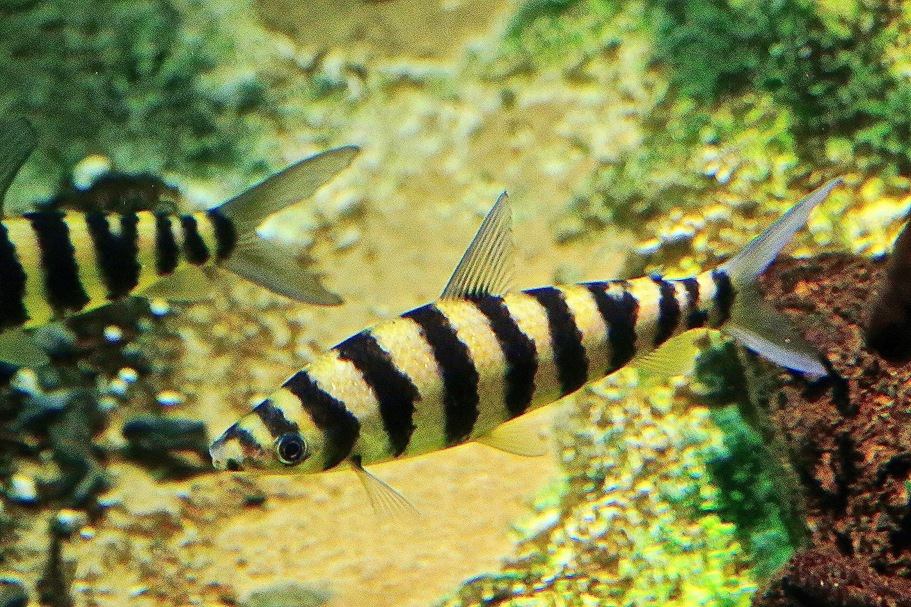TAXONOMY
Kingdom: Animalia
Phylum: Cordata
Class: Reptilia
Order: Testudines (turtles)
Family: Pelomedusidae (Afro-American Side-necked Turtles)
Genus/species: Podocnemis expansa
GENERAL CHARACTERISTICS: The side-necked turtles have a long neck which can be withdrawn horizontally within the shell, leaving it partly exposed. P. expansa is the largest river turtle in South America. Its Carapace is broad, flat; wider in the back than the front and olive-green to brown in color. Males smaller than females, which can weigh up to 90 kg (200 lbs).
Carpace length up to: 80 cm (32 in)

DISTRIBUTION/HABITAT: Northern South America: Amazon, Negro and Orinoco River basins. Found in freshwater; large rivers and their tributaries, lagoons and forest ponds. Restricted to calm waters of large rivers during the dry season, but move into the flooded forest where food is plentiful during the high-water season.

DIET IN THE WILD: Aquatic vegetation and fruit, insects and slow-moving prey and carrion. Mutual cleaning behaviour between individuals of this species has been observed. One turtle will position itself at right angles to a second turtle and use its jaws to pull algae from its shell. The turtles will then switch position

REPRODUCTION: During the dry season the Arrau River turtle migrates to nesting sites on beaches. Females dig a nest in which they lay 75-125 spherical eggs, and then cover them with sand. After about 45 days, hatchlings emerge, usually at night or early morning to avoid midday heat and predators, and head directly to water. Colonial nesting and simultaneous hatching helps maximize survival numbers of this perilous journey.
MORTALITY: Can live up to 50 years.

CONSERVATION: IUCN: Lower Risk/conservation dependent. CITES Appendix II. P. expansa eggs and adults have been over-collected for food. These turtles are considered rare throughout the Amazon. Middle Orinoco River has included the protection of nesting beaches, a nursery program for the care and release of hatchlings, and an environmental education program for the public.
REMARKS: A fossil Pelomdusid is thought to be the largest freshwater turtle to have ever lived (carapace length: 230 cm). Even today, the Arrau is one of the largest freshwater turtles in the world. As a side-necked turtle it has a long neck which can be withdrawn horizontally within the shell, leaving it partly exposed a vertical ‘S’ bend , rather than retracting it as in most other turtles (all North American turtles are not side-necked).
“Art,” as we call our senior turtle (Weight: 20 kg or 44 lbs. Age: unknown.) was confiscated in Miami and came to the SF Zoo via the Miami Metro Zoo in 1997 by government import authorities . The turtle is on loan to us until the zoo has an appropriate location for it. Several younger turtles ha subsequently joined our senior turtle.
References
California Academy of Sciences Steinhart Aquarium Amazon Flooded Tunnel 2018
Ron’s flickr link http://www.flickr.com/photos/cas_docents/sets/72157608449490716/
eol Encyclopedia of Life http://eol.org/pages/6868408/details
IUCN Red List and CITES Appendix II http://www.iucnredlist.org/details/17822/0
Archive http://www.arkive.org/giant-south-american-turtle/podocnemis-expansa/
Ron’s WordPress Shortlink: http://wp.me/p1DZ4b-au



















